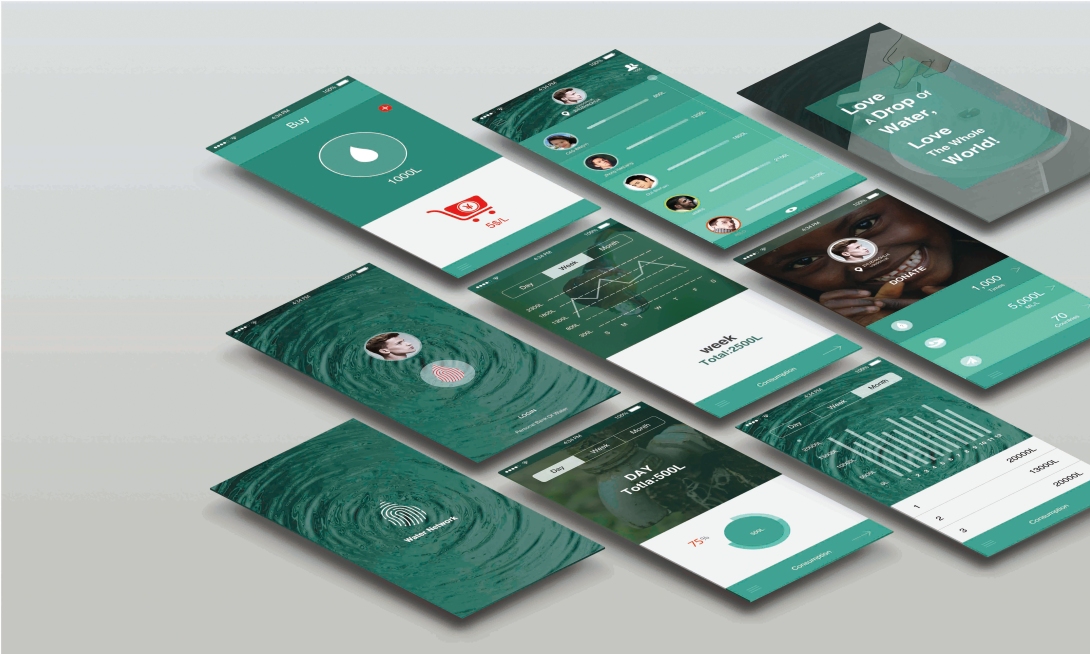


Author: Prof. Dr. Peter Zec | 2016-09-12
Among the three Red Dot Design Awards, the Red Dot: Design Concept Award is the most far-reaching category. Entries of new or experienced designers are presented to professional judges with insights. Most of the selected works are concerned with the real world, while only a few involve the realm of science fiction. The works of the Red Dot: Design Concept are presented as modes or in the form of digital data, which is at the crossroads between virtual experiences and the reality. Ideally, these virtual experiences should become tangible products and sell successfully in the marketplace. However, no designer can dispense with the pre-digital work, and new technologies are making it possible to predict precisely what the product will look like when it's materialized.

The beginning of the convergence of design and virtuality is the use of software in the design process. Not only can the application of the software produce clear, detailed and realistic design drawings, but professional software can even identify design features, such as statics, weight or material recommendations. Even end-products are becoming increasingly digital, with many designs now controlled or interacted with through APPs. Meanwhile, more and more products are connected to each other -- the Internet of things provides the basis. In addition, user interface design is facing increasingly difficult challenges in the virtual and physical interaction. It must ensure that users of different ages can get started more easily by making the operation mode more intuitive.
With the development of virtual worlds, the physical world will not disappear, but become more complete because of these emerging opportunities. It won't be long before we celebrate the winners of this year's Red Dot: Design Concept awards in Singapore. Let's keep looking into the future with the Red Dot award as the future starts right now.
※ This article is published on the design column of "uDesign"

Press